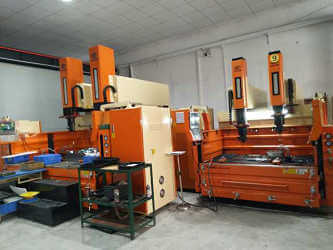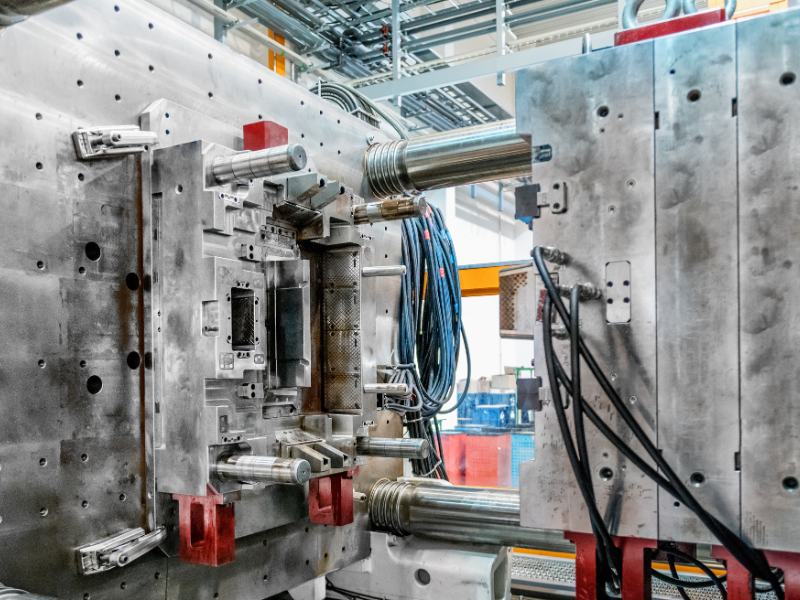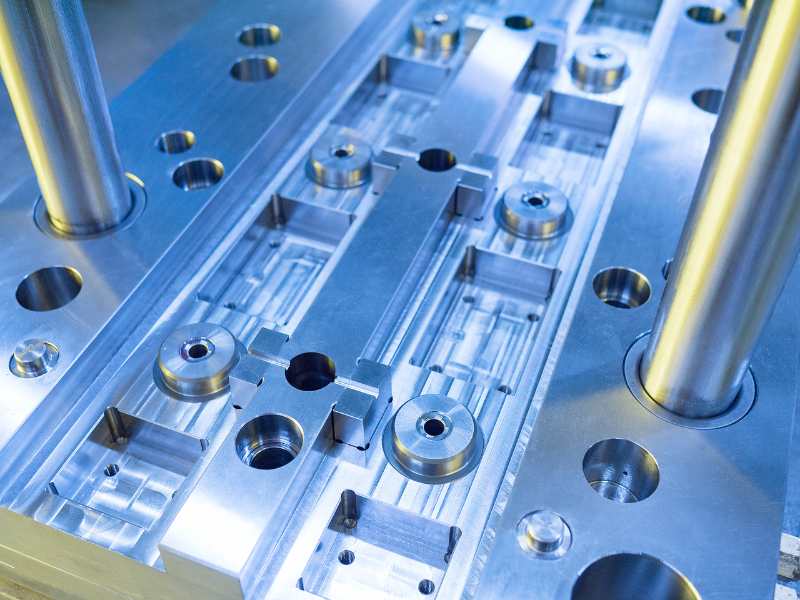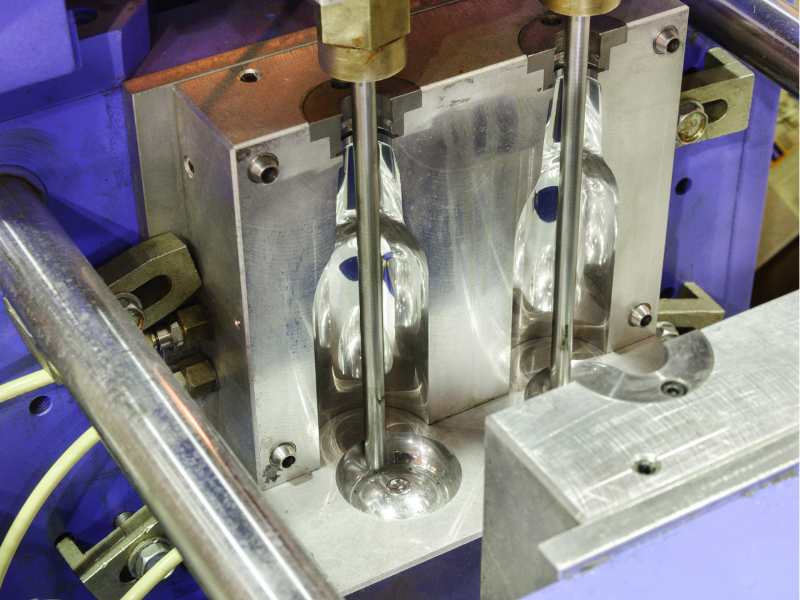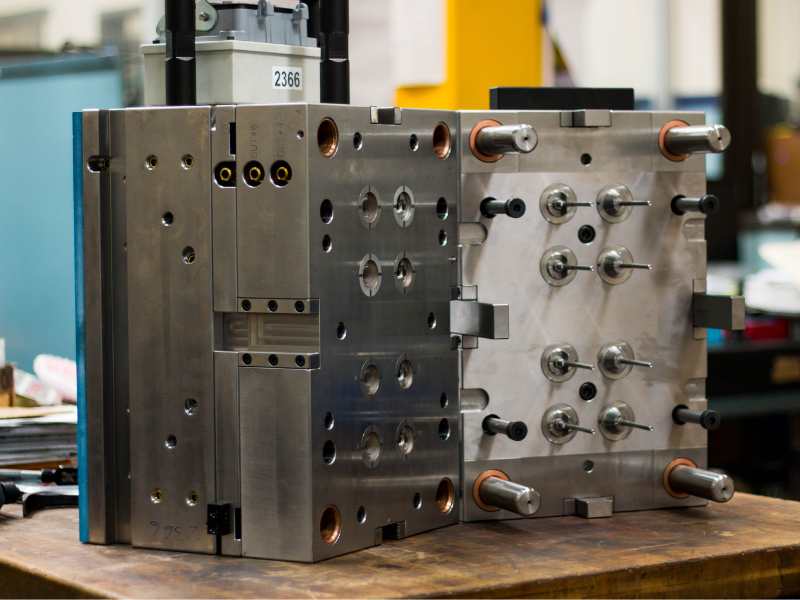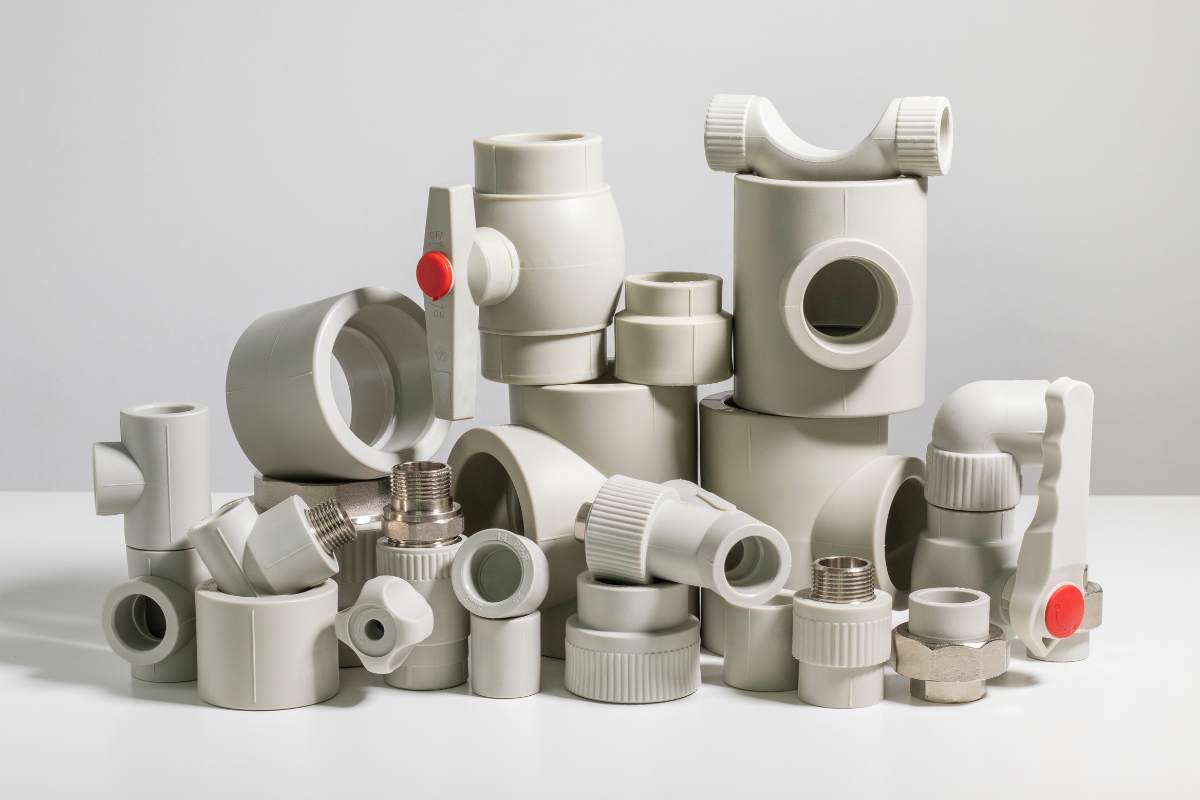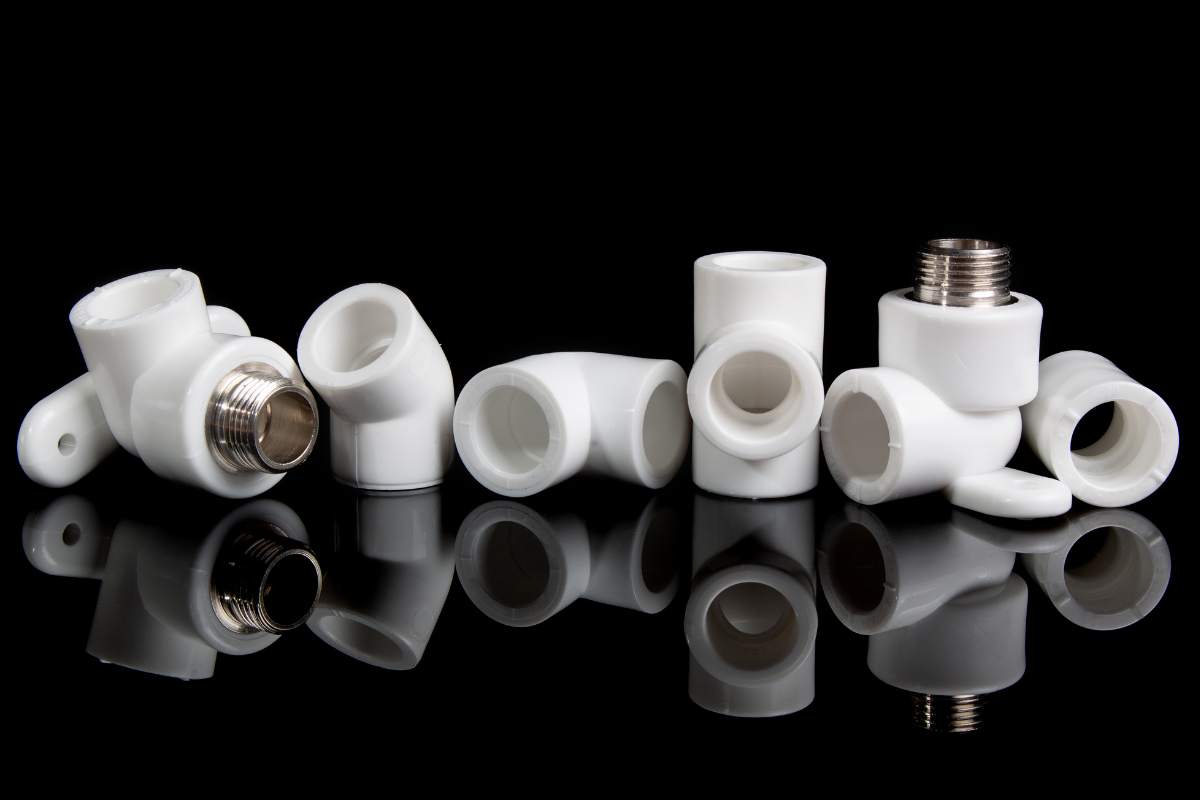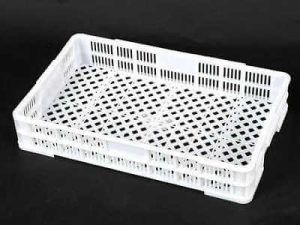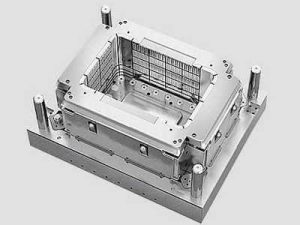What is TPU Injection Molding
TPU injection molding refers to the process of injecting Thermoplastic Polyurethane (TPU) into a mold to produce a finished product. TPU is a type of material that exhibits the properties of both thermoplastics and elastomers. It is often used to produce products that require flexibility, durability, and resistance to abrasion.
TPU injection molding is a versatile process that can be used to produce a wide variety of products, including footwear, industrial parts, medical devices, and more. It offers many benefits over traditional manufacturing methods, including lower costs, faster production times, and greater design flexibility. TPU materials are also recyclable, making them a more sustainable option for manufacturers.
TPU (Thermoplastic polyurethane) injection molding process has many methods, including injection molding, blow molding, compression molding, extrusion molding, etc., among which injection molding is most commonly used. use the injection molding process to mold TPU into required TPU injection molding parts, which are divided into three stages: pre plasticizing, injection, and ejecting out. The injection machine is divided into plunger type and screw type. Screw type injection machine is recommended because it provides uniform speed, plasticization, and melting.

TPU phone cover molding
1. Design of injection machine
The barrel of the injection machine is lined with copper-aluminum alloy, and the screw is chrome plated to prevent wear. The length diameter ratio of screw L / D = 16 ~ 20 is better, at least 15; the compression ratio is 2.5/1 ~ 3.0/1. The length of the feeding section is 0.5L, the compression section is 0.3L, and the metering section is 0.2L. The check ring shall be installed near the top of the screw to prevent backflow and maintain the maximum pressure.
The TPU should be processed with a self flow nozzle, the outlet is an inverted cone, the nozzle diameter is more than 4mm, less than 0.68mm of the main channel collar inlet, and the nozzle should be equipped with a controllable heating belt to prevent material solidification.
From an economic point of view, the injection volume should be 40% – 80% of the quantitative amount. The screw speed is 20-50 R / min.
2. Mold design for TPU injection molding
Mold design should pay attention to the following points when molding with tpu material injection molding:
(1) shrinkage of molded TPU molding parts
Shrinkage is affected by the hardness of raw materials, thickness, shape, molding temperature, mold temperature, and other molding conditions. Generally, the shrinkage range is 0.005-0.020cm/cm. For example, a 100 x 10 × 2mm rectangular test piece shrinks in the length direction of the gate and the flow direction, and the hardness of 75A is 2-3 times larger than that of 60 shore degree. The effect of hardness and thickness of TPU on shrinkage is shown in Figure 1. It can be seen that when the hardness of TPU is between 78a and 90a, the shrinkage decreases with the increase of thickness; when the hardness is between 95A and 74d, the shrinkage slightly increases with the increase of thickness.
(2) Runner and cold slot well
The main runner is a section of the runner connecting the injector nozzle to the shunt channel or cavity in the mold. The diameter should be expanded inward, with an angle of more than 2 degree, so as to facilitate the removal of flow channel vegetations. The shunt channel is the channel connecting the main channel and each cavity in the multi-groove mold, and its arrangement on the mold should be symmetrical and equidistant. The flow channel can be circular, semi-circular and rectangular, with a diameter of 6-9mm. The runner surface must be polished like the cavity to reduce flow resistance and provide a faster filling speed.
A cold well is an empty place (extra extend runner) at the end of the main runner, which is used to catch the cold material produced between the two injections at the end of the nozzle, so as to prevent the diversion runner or gate from blocking by cold material. When the cold material is mixed into the mold cavity, the internal stress of the product is easy to occur. The diameter of the cold material hole is 8-10 mm, and the size is about 6 mm long.
(3) gate and vent
The gate is the runner connecting the main flow channel or the shunt channel and the cavity. Its cross-sectional area is usually smaller than the runner passage, which is the smallest part of the runner system, and its length should be short. The gate shape is rectangular or circular, and the size increases with the thickness of the product.
The thickness of the product is less than 4mm, with a diameter of 1mm; the thickness of the gate is 4-8mm, with a diameter of 1.4mm; the thickness of the gate is more than 8mm, with a diameter of 2.0-2.7mm. The gate position is generally selected at the thickest part of the product, which does not affect the appearance and use, and is at right angles to the mold, so as to prevent shrinkage and avoid spiral pattern.
Exhaust or venting slot is a kind of slot type air outlet opened in the mold, which is used to prevent the molten material from entering the mold from getting involved in the gas and to discharge the gas from the mold cavity.
Otherwise, the products will have air holes, poor fusion, insufficient filling or air trap, and even burn the products due to high temperatures caused by air compression, resulting in internal stress of the products. The exhaust port can be set at the end of the melt flow in the mold cavity or on the parting line of the plastic mold, which is a 0.15mm deep and 6mm wide pouring slot.
It is necessary to control the TPU mold temperature as evenly as possible to avoid warping and twisting of the parts, below are some TPU injection molding products we made before. If you have any requirement for TPU or TPE injection molding products, welcome to contact us.

TPU injection molding
3 Molding conditions
The most important molding condition of TPU (Thermoplastic polyurethane) is the temperature, pressure and time that affect the flow and cooling of plasticization. These parameters will affect the appearance and performance of TPU injection molding parts. Good processing conditions should be able to obtain even white to beige parts.
(1) Temperature
The temperature to be controlled in the TPU plastic injection molding process includes barrel temperature, nozzle temperature, and mold temperature. The first two temperatures mainly affect the plasticization and flow of TPU, and the second one affects the flow and cooling of the TPU injection molding part.
- Barrel temperature – the selection of barrel temperature is related to the hardness of TPU material. The melting temperature of TPU with high hardness is high, and the highest temperature at the end of the barrel is also high. The temperature range of the barrel used for processing TPU is 177 ~ 232 ℃. The temperature distribution of the barrel is generally from one side (rear end) of the hopper to the nozzle (front end), gradually increasing, so as to make the TPU temperature rise steadily and achieve the purpose of uniform plasticization.
- Nozzle temperature – the nozzle temperature is usually slightly lower than the maximum temperature of the barrel to prevent the possible salivation of molten material in the straight-through the nozzle. If the self-locking nozzle is used to prevent salivation, the nozzle temperature can also be controlled within the maximum temperature range of the barrel.
- Mold temperature – mold temperature has a great influence on the internal performance and apparent quality of TPU products. It depends on the crystallinity of TPU and the size of products. Mold temperature is usually controlled by constant temperature cooling medium such as machine water.
TPU has high hardness, high crystallinity, and high mold temperature. For example, Texin, hardness 480A, mold temperature 20-30 ℃; hardness 591A, mold temperature 30-50 ℃; hardness 355d, mold temperature 40-65 ℃. The mold temperature of TPU products is generally 10-60 ℃. Mold temperature is low, melting material is frozen too early and streamline is produced, which is not conducive to the growth of spherulites, so that the crystalline of products is low, and late crystallization process will occur, which will cause post shrinkage and performance change of products.
- Pressure – the injection process is pressure including plasticizing pressure (back pressure) and injection pressure. When the screw retreats, the pressure on the top of the melt is the backpressure, which is regulated by the overflow valve. Increasing the back pressure will increase the melt temperature, reduce the plasticizing speed, make the melt temperature uniform and the color mixture uniform, and discharge the melt gas, but will extend the molding cycle. The backpressure of TPU is usually 0. 3 ~ 4MPa. Injection pressure is the pressure exerted on TPU by the top of the screw. Its function is to overcome the flow resistance of TPU from the barrel to the cavity, to fill the mold with molten material, and to compact the molten material.
The flow resistance and filling rate of TPU are closely related to the melt viscosity, while the melt viscosity is directly related to TPU hardness and melt temperature, that is, the melt viscosity is not only determined by temperature and pressure, but also by TPU hardness and deformation rate. The higher the shear rate is, the lower the viscosity is; the higher the hardness of TPU is, the higher the viscosity is.
Relationship between viscosity and shear rate of resin with different hardness (240℃). At the same shear rate, the viscosity decreases with the increase of temperature, but at the high shear rate, the viscosity is not affected as much by temperature as at a low shear rate. The injection pressure of TPU is generally 20 ~ 110MPa. The holding pressure is about half of the injection pressure, and the backpressure should be 1. Below 4MPa to make TPU plasticized evenly.
- Cycle time – the cycle time required to complete an injection process is called the molding cycle time. Cycle time includes filling time, holding time, cooling time and other times (opening, demoulding, closing, etc.), which directly affects labor productivity and equipment utilization. The forming cycle of TPU is usually determined by hardness, thickness, and configuration. The high hardness cycle of TPU is short, the thick cycle of the plastic part is long, the complex cycle of plastic part configuration is long, and the forming cycle is also related to mold temperature. The TPU molding cycle is generally between 20-60s.
- Injection speed – the injection speed mainly depends on the configuration of TPU injection molding products. Products with thick end face need lower injection speed, while products with thin end face need faster injection speed.
- Screw speed – The processing of TPU injection molding products usually requires a low shear rate, so a lower screw speed is appropriate. The screw speed of TPU is generally 20-80r / min, so it is preferred to be 20-40r / min.
(2) Shutdown treatment
As TPU (Thermoplastic polyurethane) may degrade in extended time under high temperature, PS, PE, acrylate plastic or ABS should be used for cleaning after shutdown; if the shutdown lasts for more than 1 hour, heating should be turned off.

TPU plastic molding
(3) Post-treatment of products
Due to the uneven plasticization of TPU in the barrel or the different cooling rates in the die cavity, it often produces uneven crystallization, orientation, and contraction, which leads to the existence of internal stress in products, which is more prominent in thick-walled products or products with metal inserts. The mechanical properties of products with internal stress are often reduced, and the surface of products is craze or even deformed and cracked. The way to solve these problems in production is to anneal the products.
The annealing temperature depends on the hardness of TPU injection molding products. Products with high hardness have higher annealing temperatures and lower hardness temperatures. Too high temperatures may cause warpage or deformation of products, and too low temperatures cannot eliminate internal stress. TPU should be annealed at low temperature for a long time, and the products with lower hardness can be placed at room temperature for several weeks to achieve the best performance. The hardness can be annealed 80 ℃× 20h under shore A85, and 100 ℃× 20h above A85. Annealing can be carried out in the hot air oven, pay attention to the position not to locally overheat and deform the products.
Annealing can not only eliminate internal stress but also improve the mechanical properties. Because TPU is a two-phase form, phase mixing occurs during TPU hot working. When the TPU injection molding product is cooled rapidly, due to its high viscosity and slow phase separation, it must have enough time to separate and form a micro area, so as to obtain the best performance.
(4) Inlaid injection molding
In order to meet the needs of assembly and service strength, TPU injection molding parts need to be embedded with metal inserts. The metal insert is first placed in a predetermined position in the mold and then injected into a whole product. Because of the great difference of thermal properties and shrinkage between the metal insert and TPU, the TPU products with insert are not firmly bonded.
The solution is to preheat the metal insert because the temperature difference of the melt is reduced after preheating so that the melt around the insert can be cooled slowly and the shrinkage is relatively uniform during the injection process, and a certain amount of hot material feeding effect can occur to prevent excessive internal stress around the insert.
TPU is easy to inlay and the shape of inlay is not limited. Only after the inlay is degreased, it is heated at 200-230 ℃ for 1. The peel strength can reach 6-9kg / 25mm in 5-2min. In order to obtain a stronger bonding, the insert can be coated with adhesive, then heated at 120 ℃, and then injected. In addition, it should be noted that the TPU used should not contain lubricants.
(5) Recycling of recycled materials
In the process of TPU injection molding processing, wastes such as the main flow channel, shunt channel and unqualified products can be recycled. According to the experimental results, 100% recycled material can be fully utilized without adding new material, and the mechanical properties are not seriously reduced.
However, in order to keep the physical and mechanical properties and injection conditions at the best level, it is recommended that the proportion of recycled material be 25% ~ 30%. It should be noted that the type and specification of recycled materials and new materials should be the same.
The polluted or annealed recycled materials should not be used. The recycled materials should not be stored for too long. It is better to granulate and dry them immediately. Generally, the melt viscosity of recycled materials should be reduced and the forming conditions should be adjusted.
Check more TPU injection molding information or to contact us.



